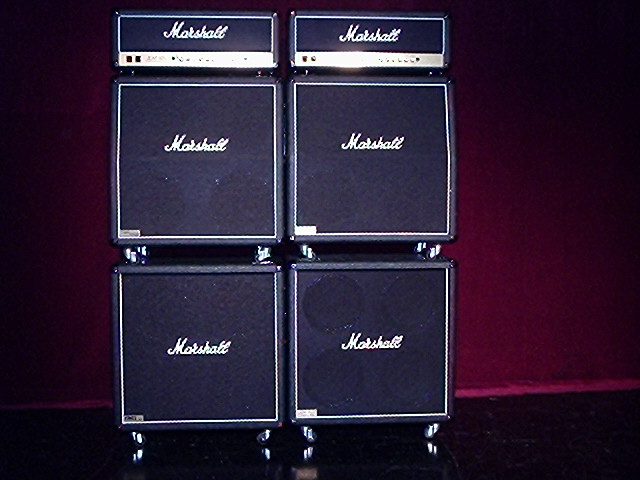
Martuscello III, the corrections department’s executive deputy commissioner, said in an interview that the number of officers accused of abuse is a small subset of the department’s 16,000 guards. The agency said it takes officer accountability seriously and has “zero tolerance” for violence within its prisons.ĭaniel F. Overall, the corrections department has tried to oust staff members almost 4,000 times since 2010, for such infractions as chronic tardiness and drug use. The state’s weak record on firing officers was not limited to cases of excessive force. The state paid more than $18 million as a result of lawsuits alleging excessive force, The Marshall Project has found. It has also exposed the corrections department to liability in legal cases. The abuse by guards has not just left prisoners with lasting injuries. Tell us what issues are important to you by filling out a brief form. If you have worked in a prison - as a corrections officer, nurse, doctor, teacher or chaplain - we want to hear from you. Is there more to the story? Help us tell it. Guards accused of abuse are often suspended without pay - a three-month suspension is most common, the analysis found.

Rather than go to arbitration, the state sometimes withdraws charges or officers choose to resign or retire. Arbitrators, most of whom are lawyers, often said the state’s evidence was insufficient or found prisoners’ testimony unconvincing. In abuse cases, the arbitrators ruled in favor of officers three-quarters of the time, a Marshall Project review of nearly 120 decisions shows. Only a court can overturn arbitration decisions. The agreement requires any effort to fire an officer to go through binding arbitration, using an outside arbitrator hired by the union and the state - a system the union has successfully kept in subsequent contracts. These records do not detail prisoner attacks on officers, which the department and the guards’ union said have increased in recent years.Ī key reason the prison system finds it so hard to get rid of guards is the contract the state signed in 1972 with the union. And in most of the state’s 44 prisons, officers do not wear body cameras, which sometimes help prove abuse. Many prisoners do not file complaints because they fear retaliation or not being believed. The records probably reflect only a fraction of the violence guards have inflicted in New York’s corrections system, experts said. But after the Legislature repealed that law in 2020, The Marshall Project obtained more than 5,600 records of disciplinary cases against prison employees - for issues ranging from physical abuse of prisoners to sleeping on the job. If you can’t wait for our review, the Marshall Middleton is available now for $299, exclusively (for the time being) at decades, the workings of the prison discipline system had been hidden from public view under a secrecy law adopted at the urging of the state’s powerful law enforcement unions. The speaker’s onboard battery is rated to deliver more than 20 hours of music playback on a single charge, but you can tap that battery to charge your smartphone, tablet, or other battery-powered devices. A large brass-colored Marshall logo is affixed to the front grille.

The speaker enclosure itself resembles a Marshall head unit (the amplifier that sits atop the speaker cabinet), except that the Middleton has speaker grilles on its front and back and both its left- and right-hand sides to deliver the promised 360-degree sound. The Middleton measures 4.29 x 9.06 x 3.74 inches, weighs 4 pounds, and carries a weatherization rating of IP67, meaning its impervious to dust and other particulate matter and that it can withstand being immersed in up to 3.3 feet of water for 30 minutes. Manufacturer Zound Industries rates its Marshall Middleton speaker as IP67 for resistance from dust and water.


 0 kommentar(er)
0 kommentar(er)
